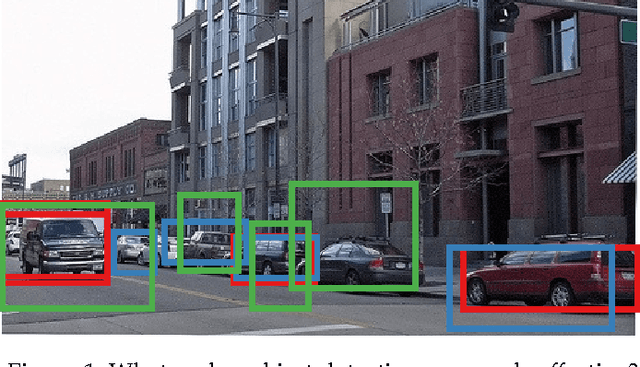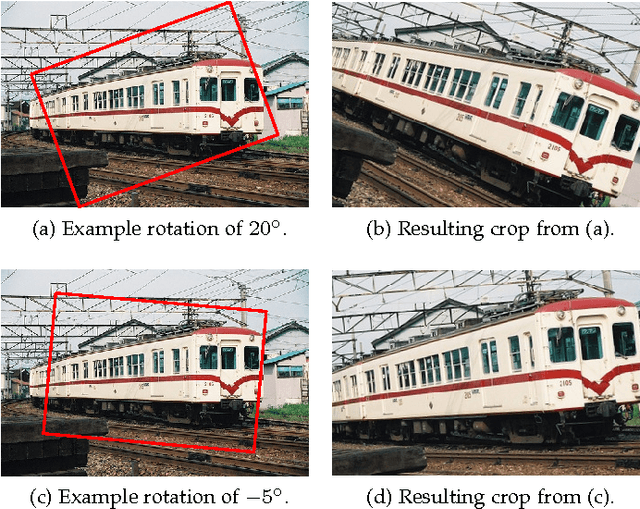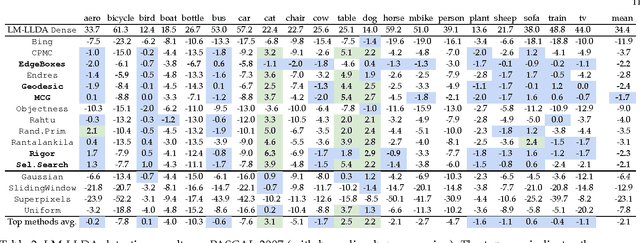What makes for effective detection proposals?
Paper and Code
Aug 01, 2015



Current top performing object detectors employ detection proposals to guide the search for objects, thereby avoiding exhaustive sliding window search across images. Despite the popularity and widespread use of detection proposals, it is unclear which trade-offs are made when using them during object detection. We provide an in-depth analysis of twelve proposal methods along with four baselines regarding proposal repeatability, ground truth annotation recall on PASCAL, ImageNet, and MS COCO, and their impact on DPM, R-CNN, and Fast R-CNN detection performance. Our analysis shows that for object detection improving proposal localisation accuracy is as important as improving recall. We introduce a novel metric, the average recall (AR), which rewards both high recall and good localisation and correlates surprisingly well with detection performance. Our findings show common strengths and weaknesses of existing methods, and provide insights and metrics for selecting and tuning proposal methods.
 Add to Chrome
Add to Chrome Add to Firefox
Add to Firefox Add to Edge
Add to Edge